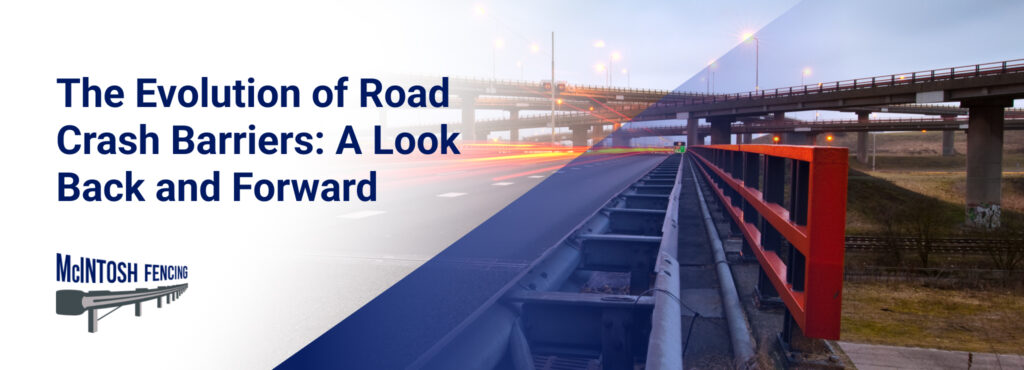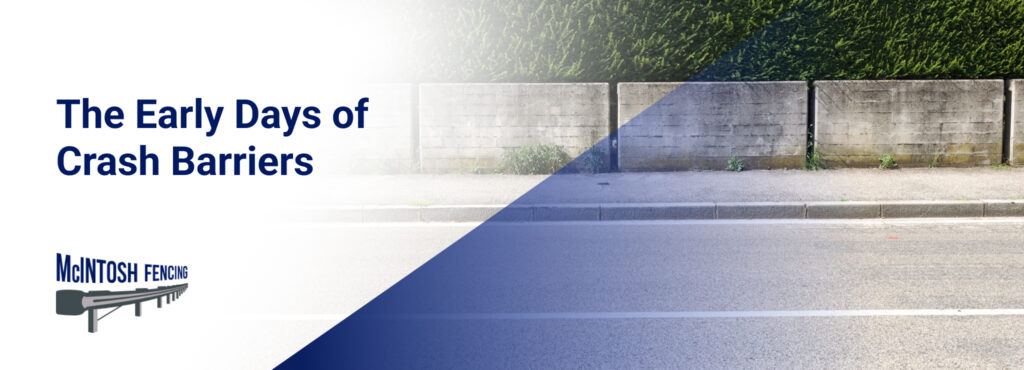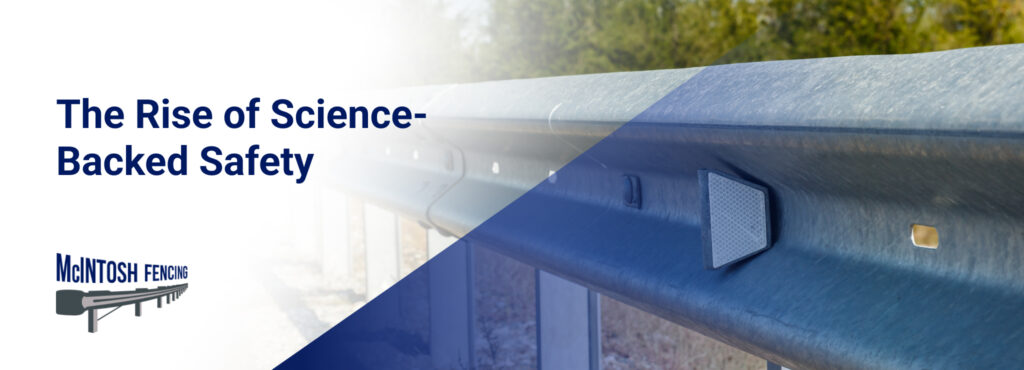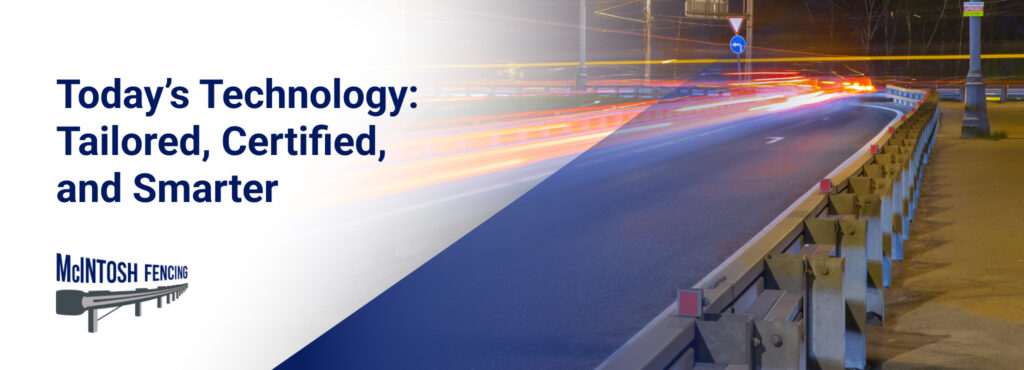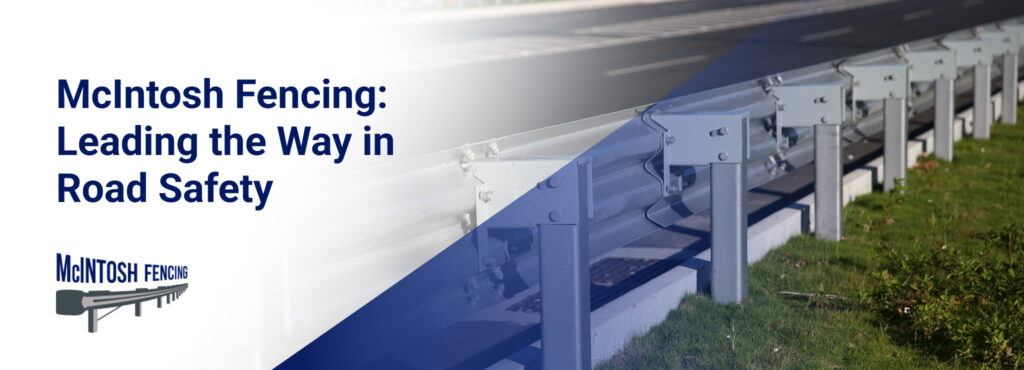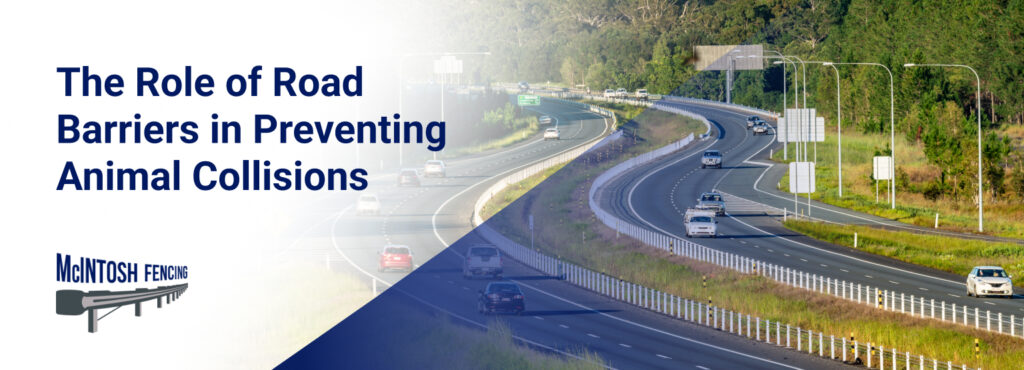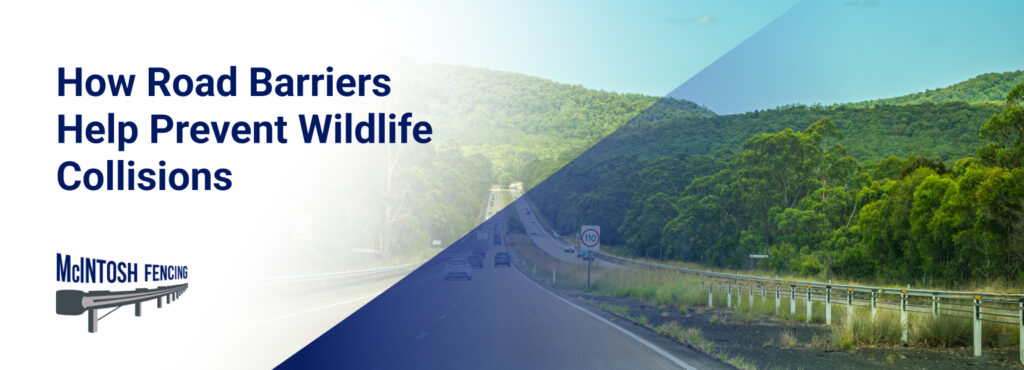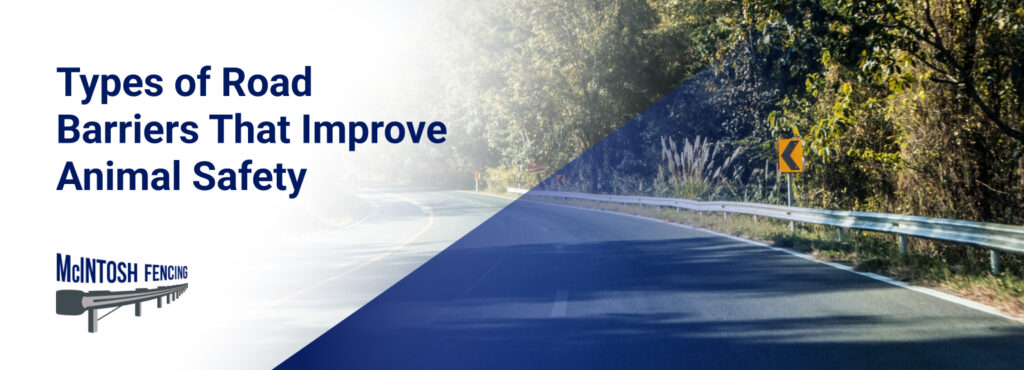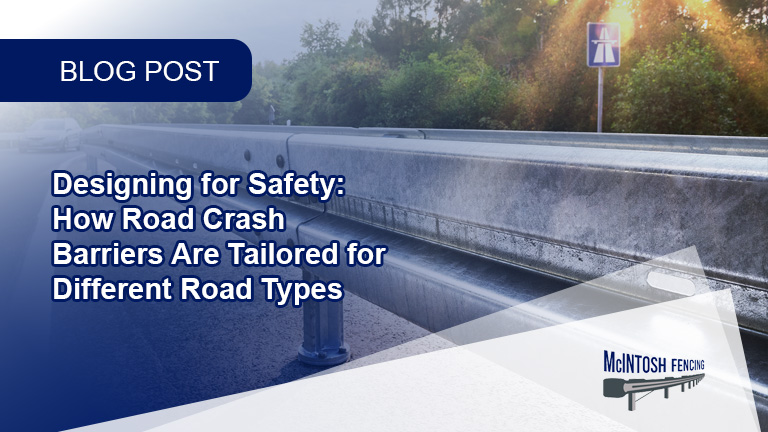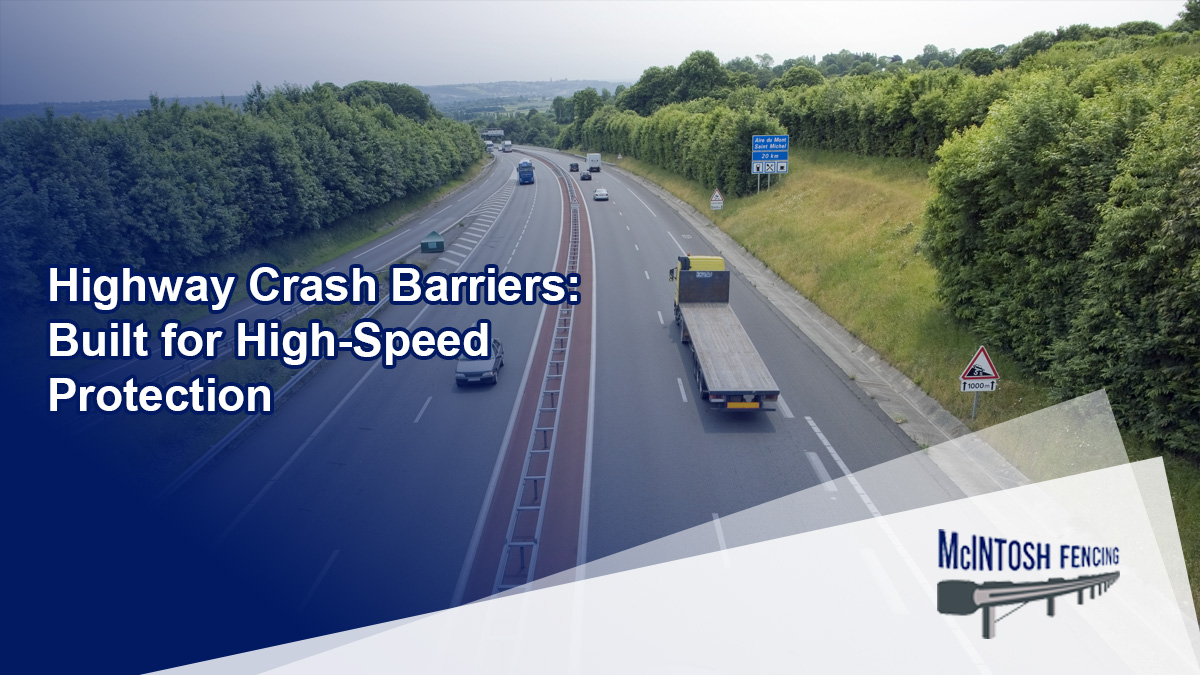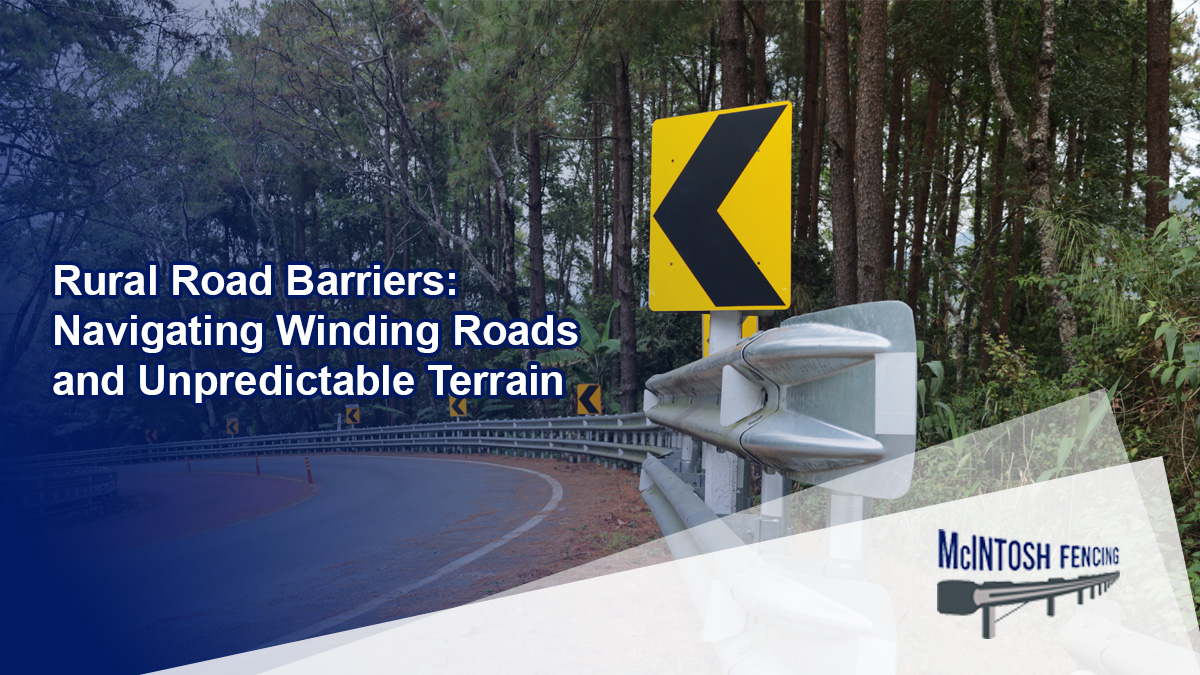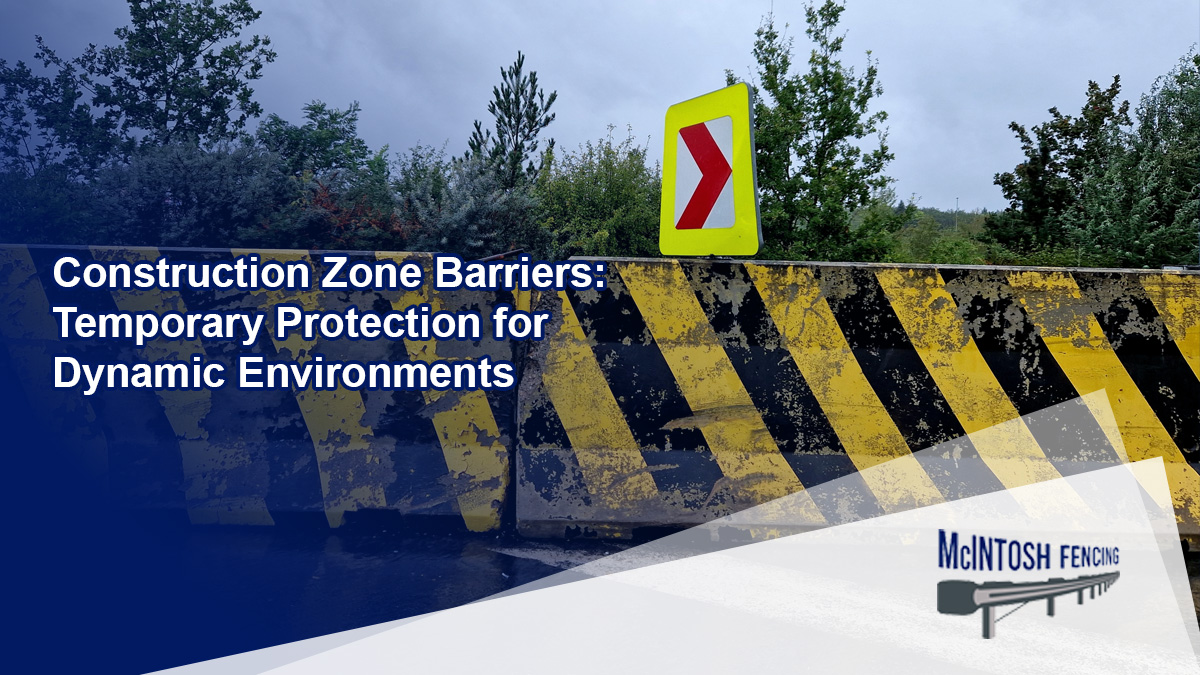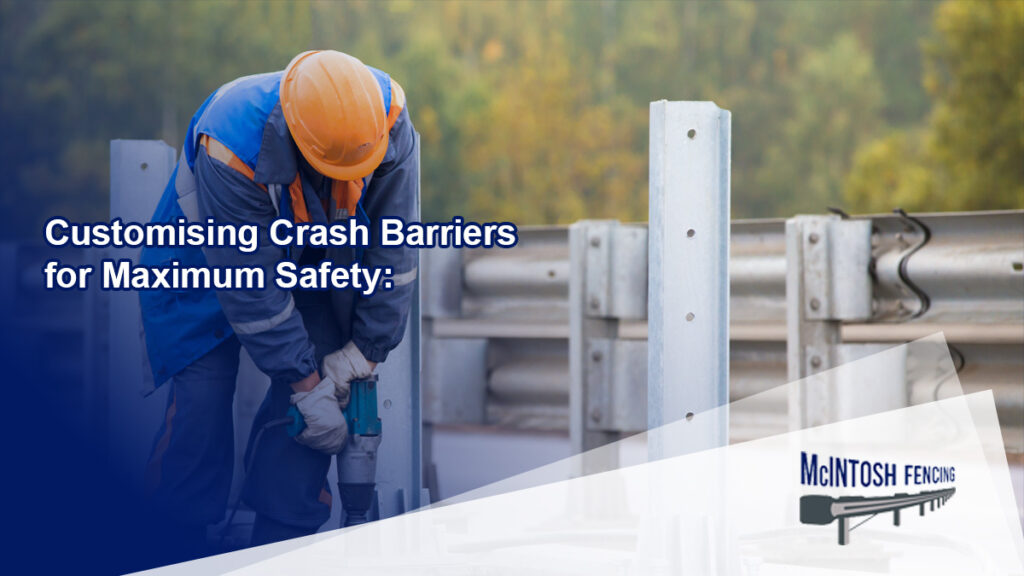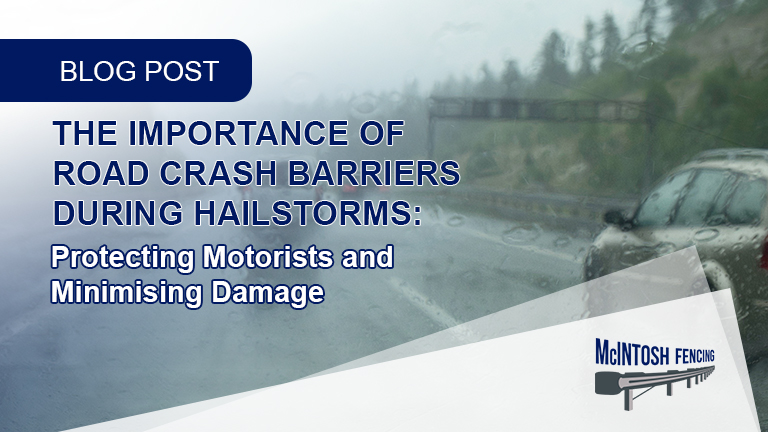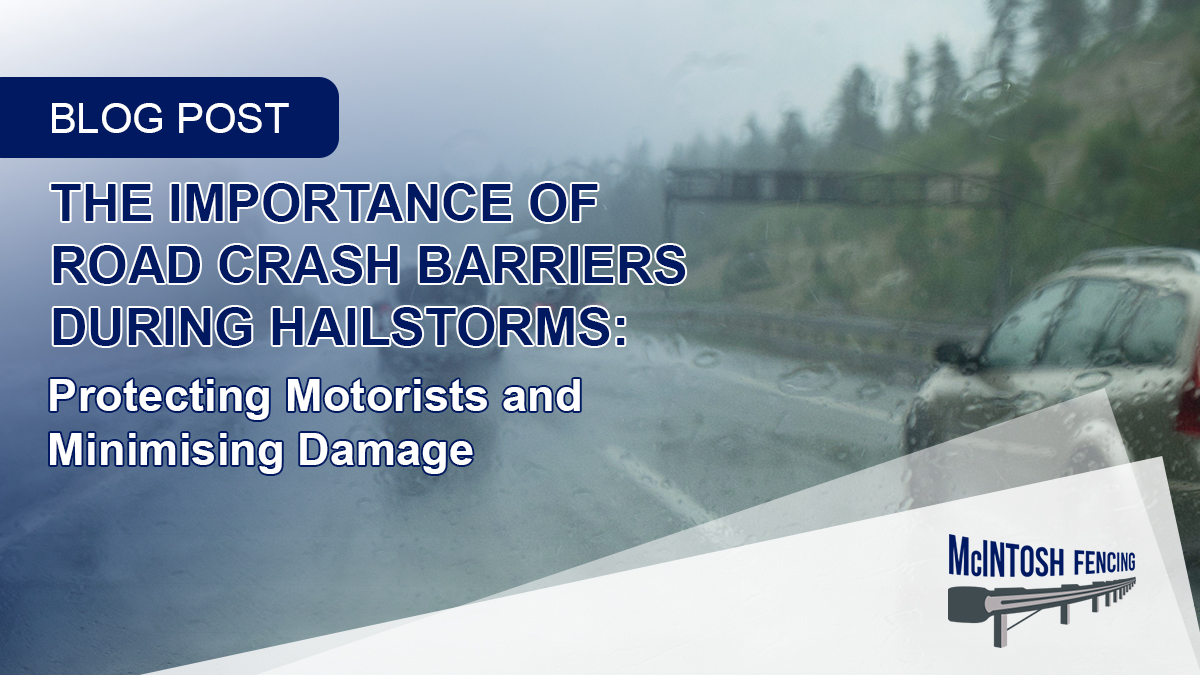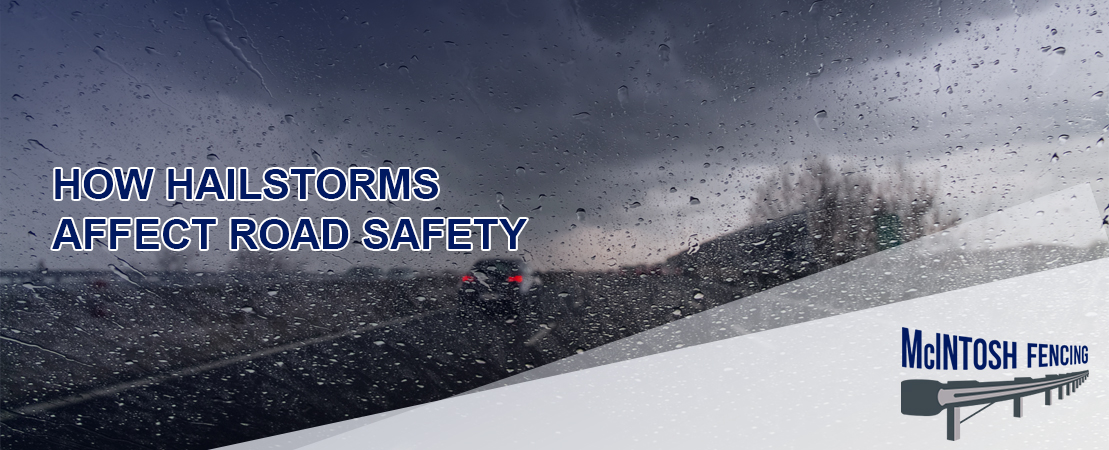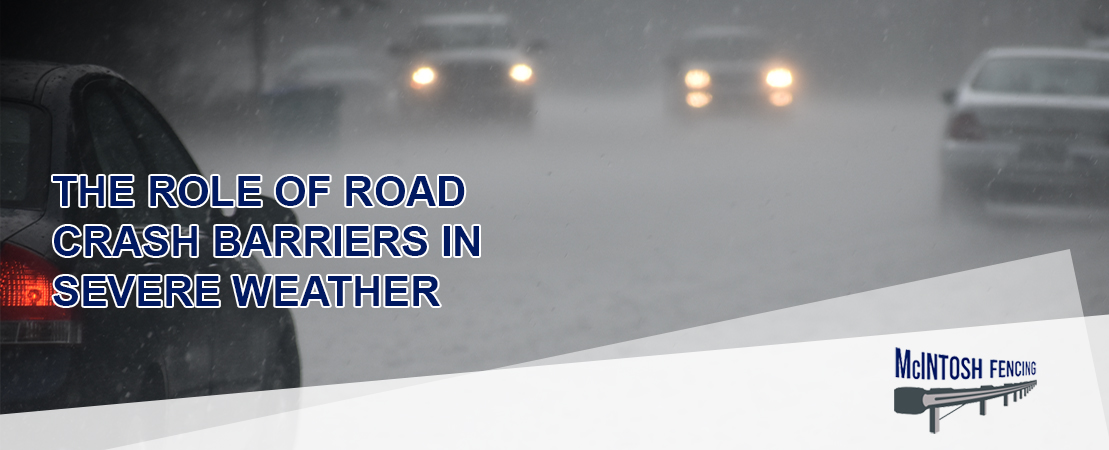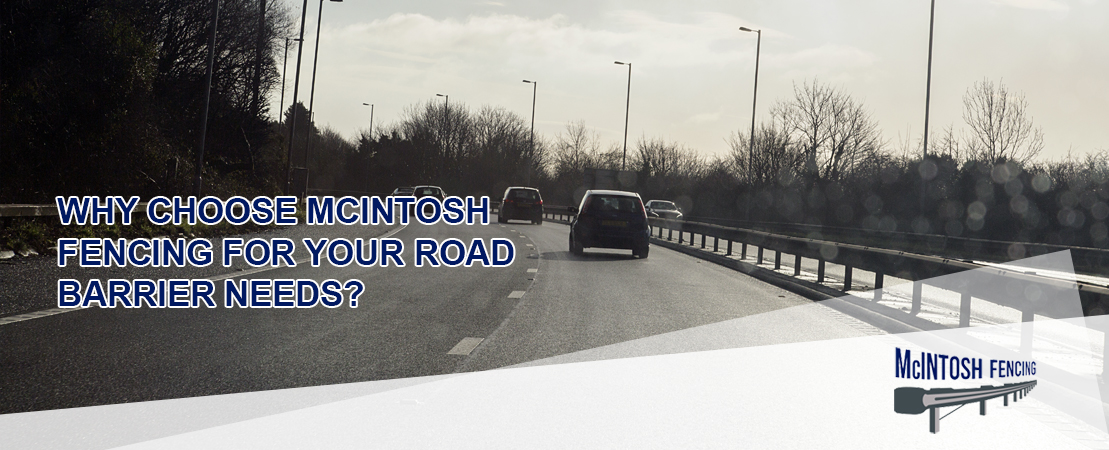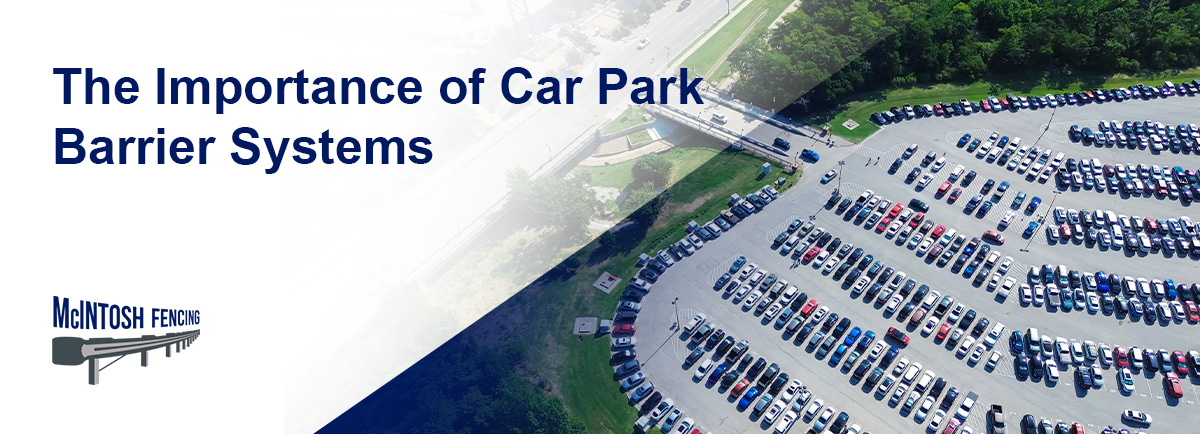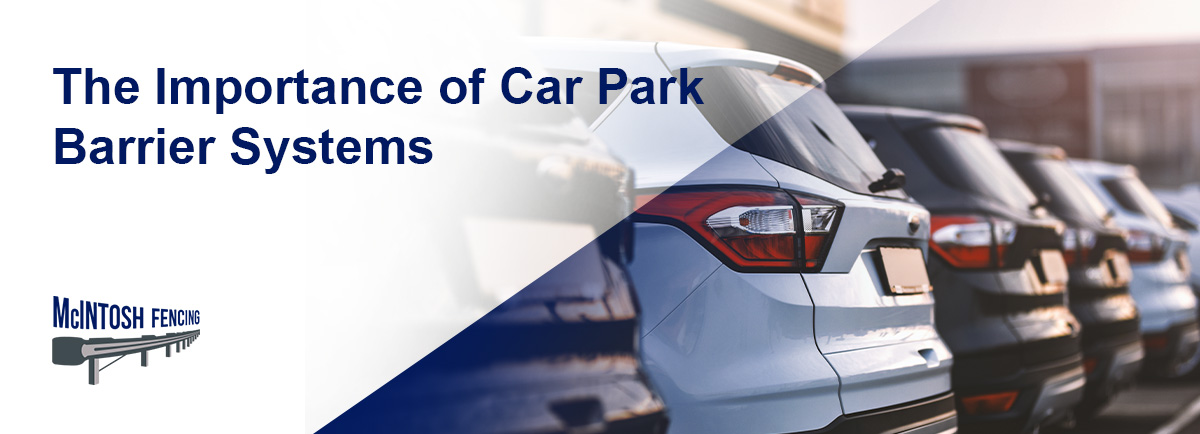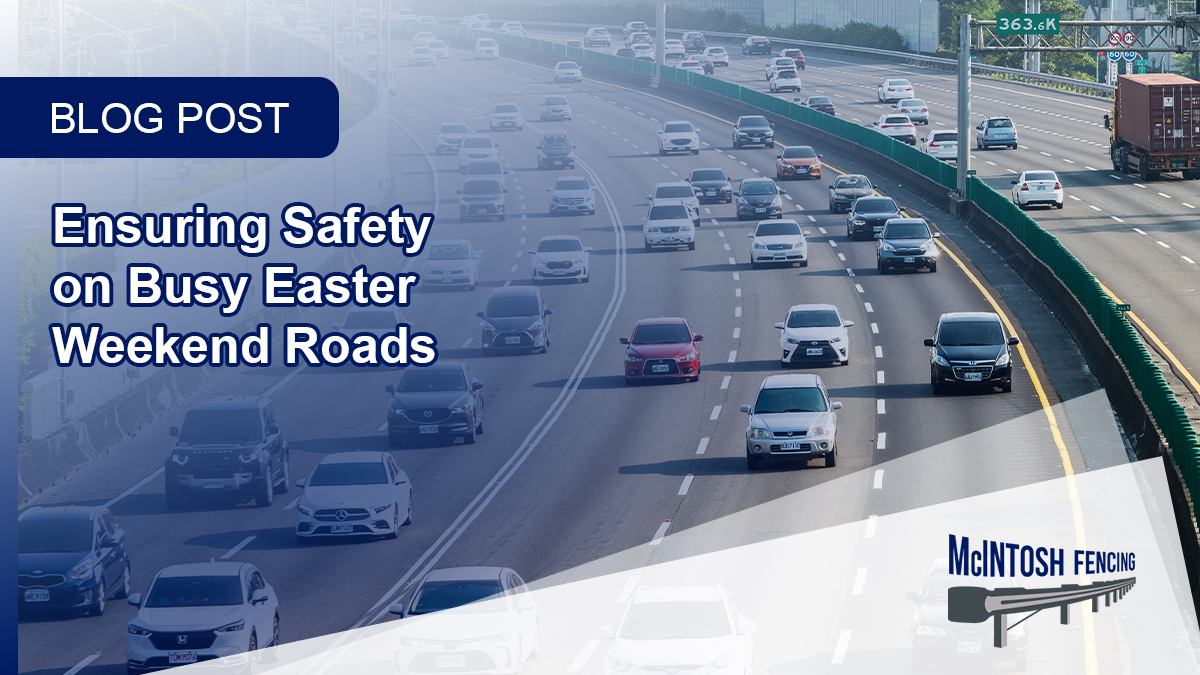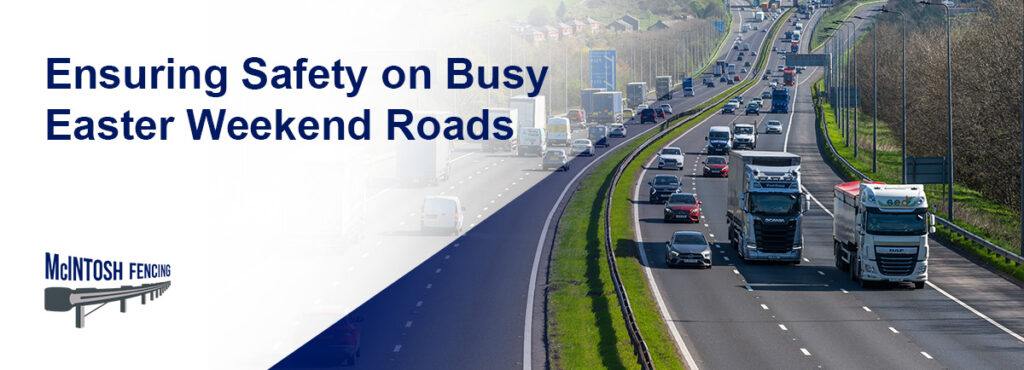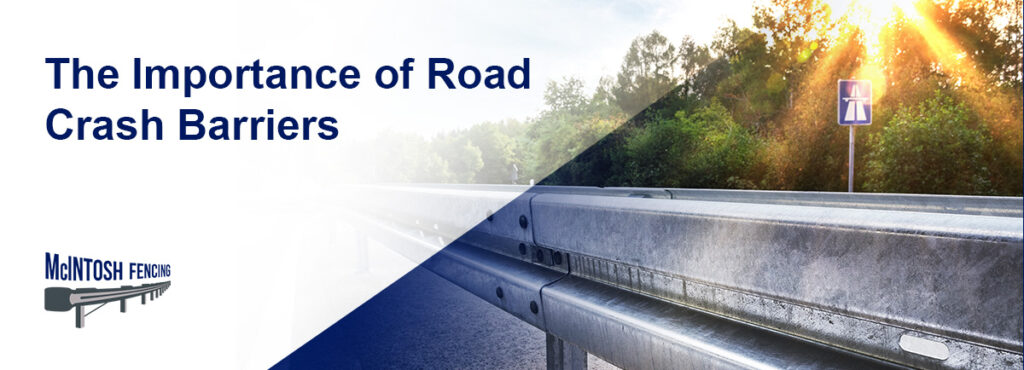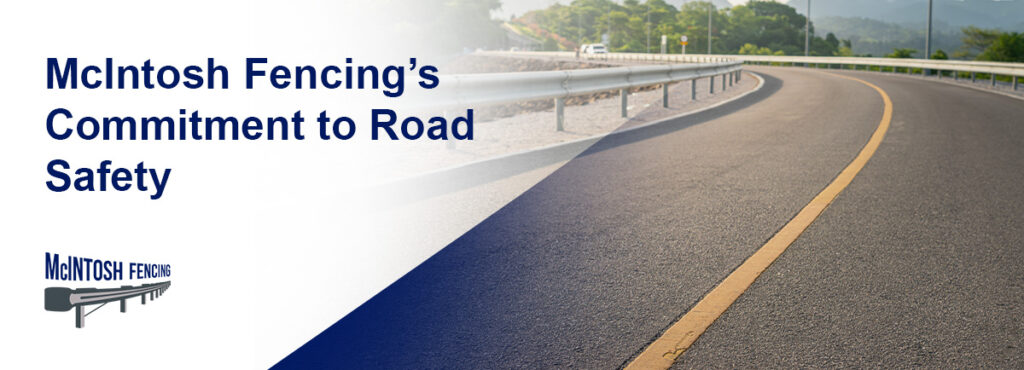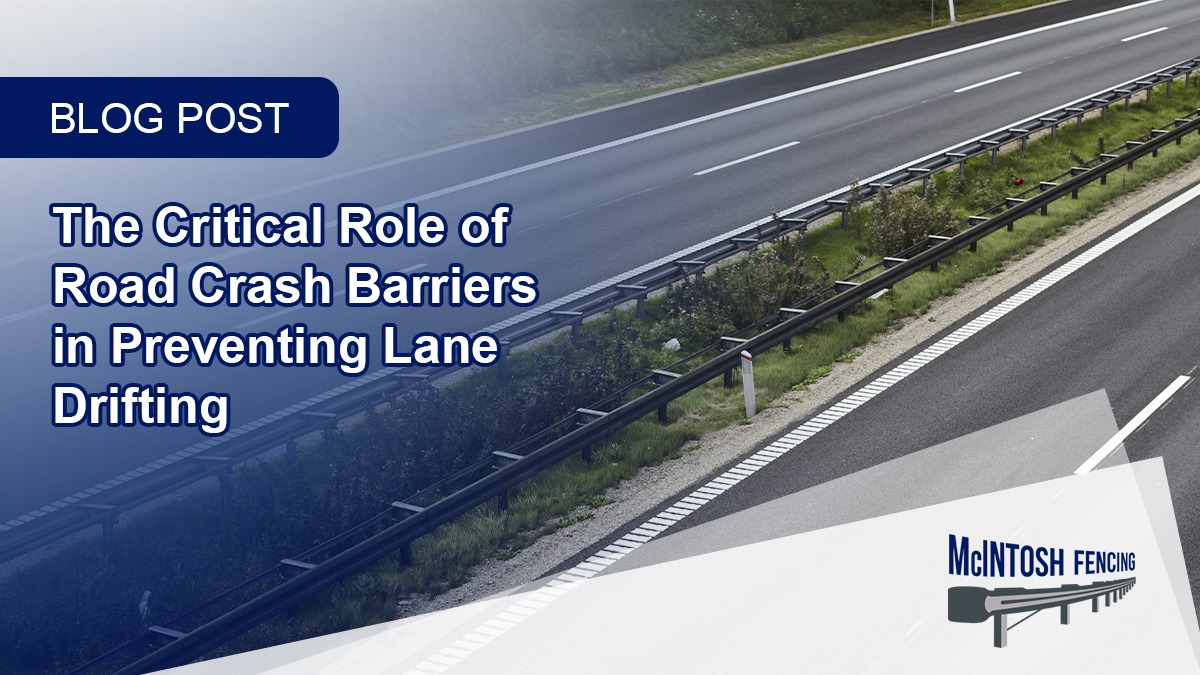From Concept to Construction: The Journey of a Road Crash Barrier
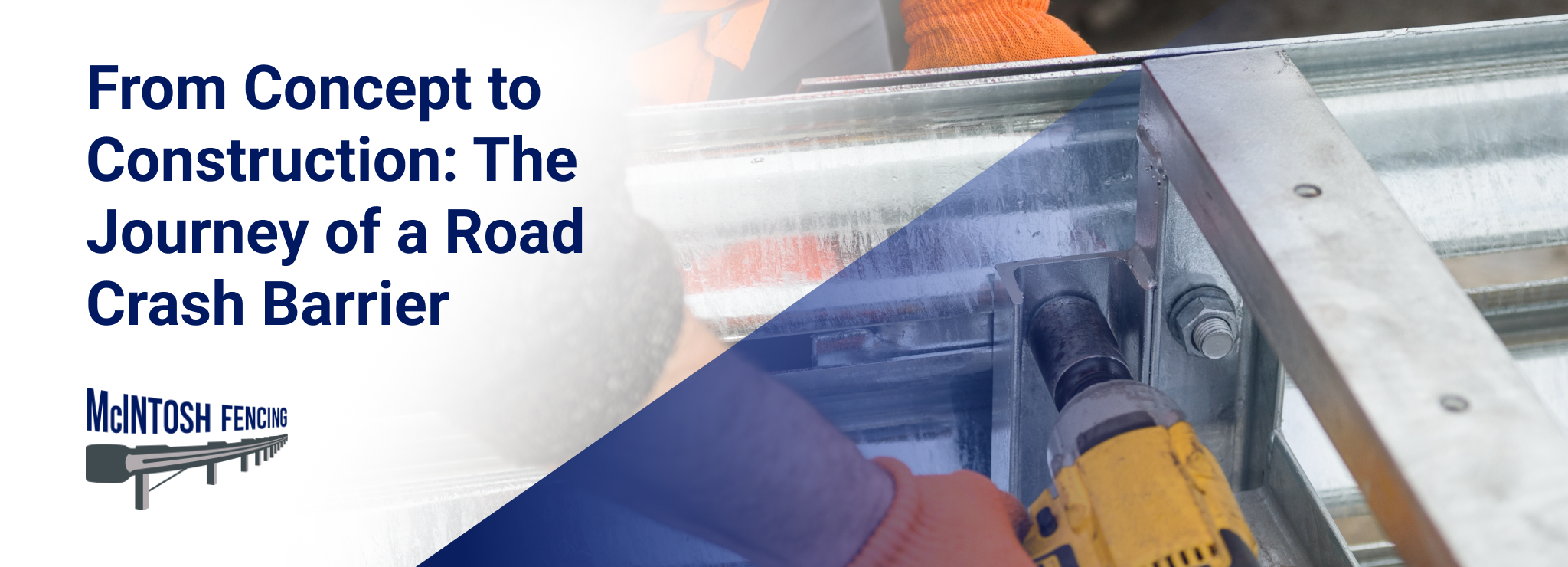
When you see a road crash barrier standing strong along a highway, protecting drivers and pedestrians, it’s easy to take it for granted. But behind every barrier is a detailed, methodical process involving careful planning, precision engineering, and expert craftsmanship.
At McIntosh Fencing, we’re proud to take projects from concept to construction — delivering high-quality, reliable barrier systems that help save lives. Here’s a look behind the scenes at the journey every road crash barrier takes before it’s ready to perform when it matters most.
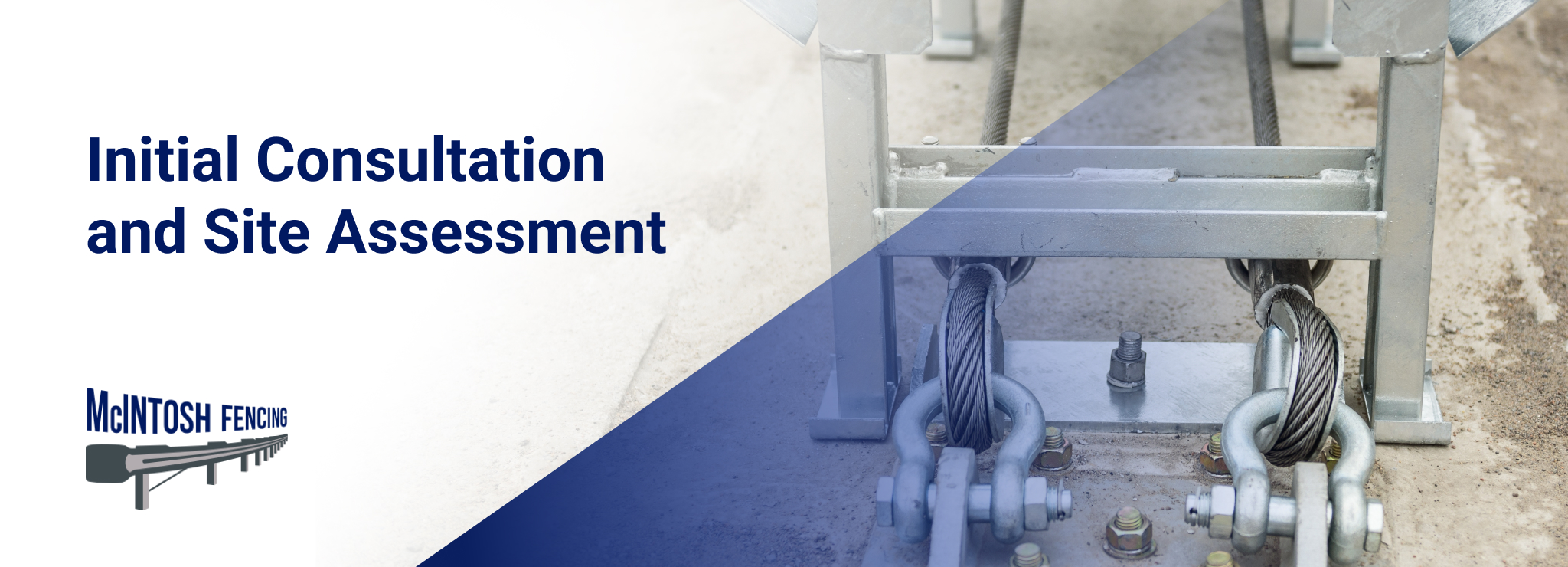
Every project starts with a conversation.
We meet with clients — whether councils, civil contractors, or private developers — to understand the specific needs of the project:
- What type of road is it (rural, urban, highway)?
- What traffic volumes and speeds are involved?
- Are there specific hazards, like sharp curves, intersections, or wildlife crossings?
- What regulations and standards need to be met?
Next, we conduct a detailed site assessment, inspecting the road conditions, surrounding environment, and any potential risks. This information helps us choose the most effective barrier system for the location.
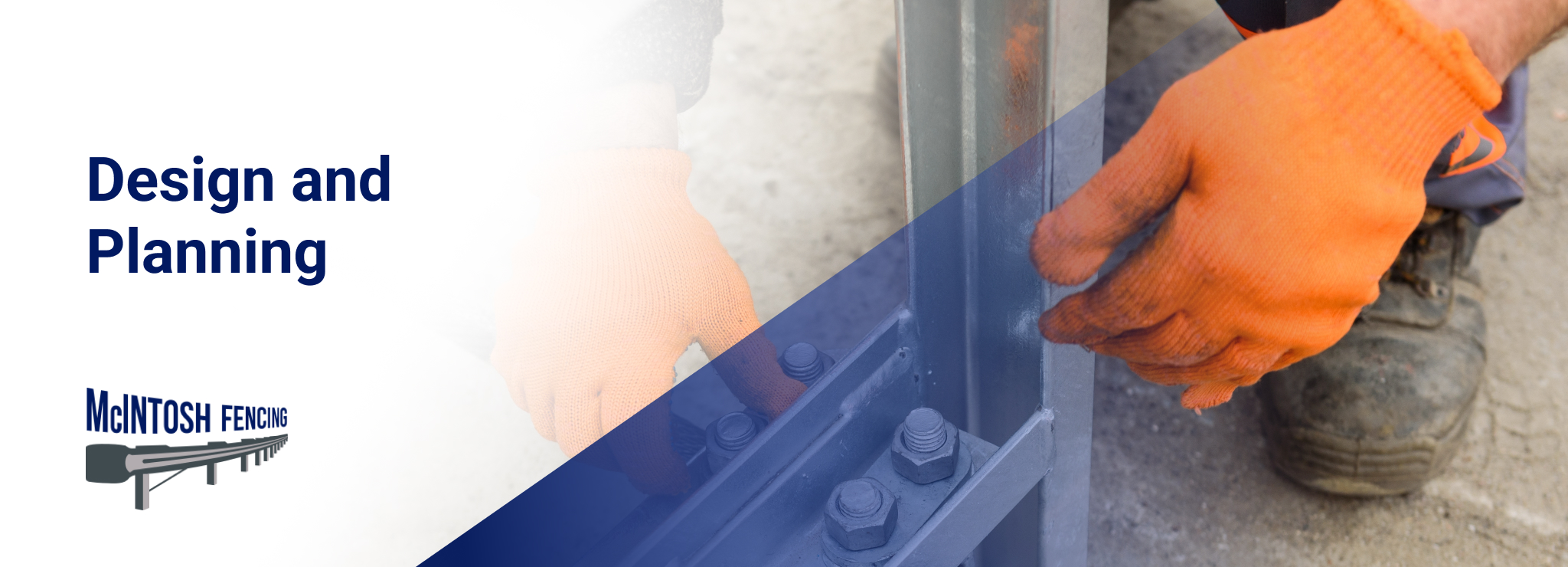
After gathering all the necessary information, we move into design and planning.
Here’s where the expertise of McIntosh Fencing really comes into play. We carefully design the barrier layout to:
- Maximise driver and pedestrian safety
- Meet or exceed Australian standards (such as AS/NZS 3845)
- Suit the local landscape and drainage conditions
- Ensure future maintenance and access needs are considered
At this stage, we also factor in practicalities such as material selection (e.g., W-beam guardrails, wire rope barriers, or concrete options), surface preparations, and integration with other road safety features.
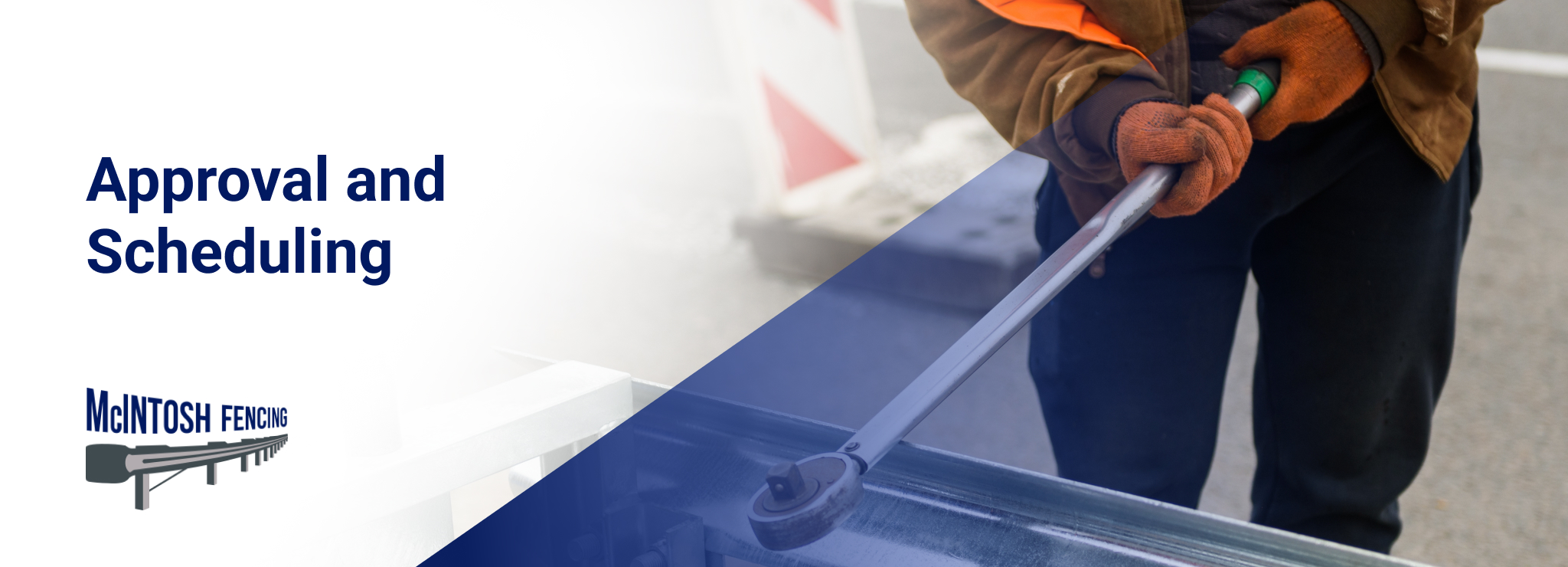
Once the design is finalised, we work closely with stakeholders to gain necessary approvals. This may involve liaising with local councils, road authorities, and engineering consultants.
After approvals are secured, we schedule the construction phase, carefully coordinating with other trades and contractors to ensure minimal disruption to traffic and efficient project delivery.
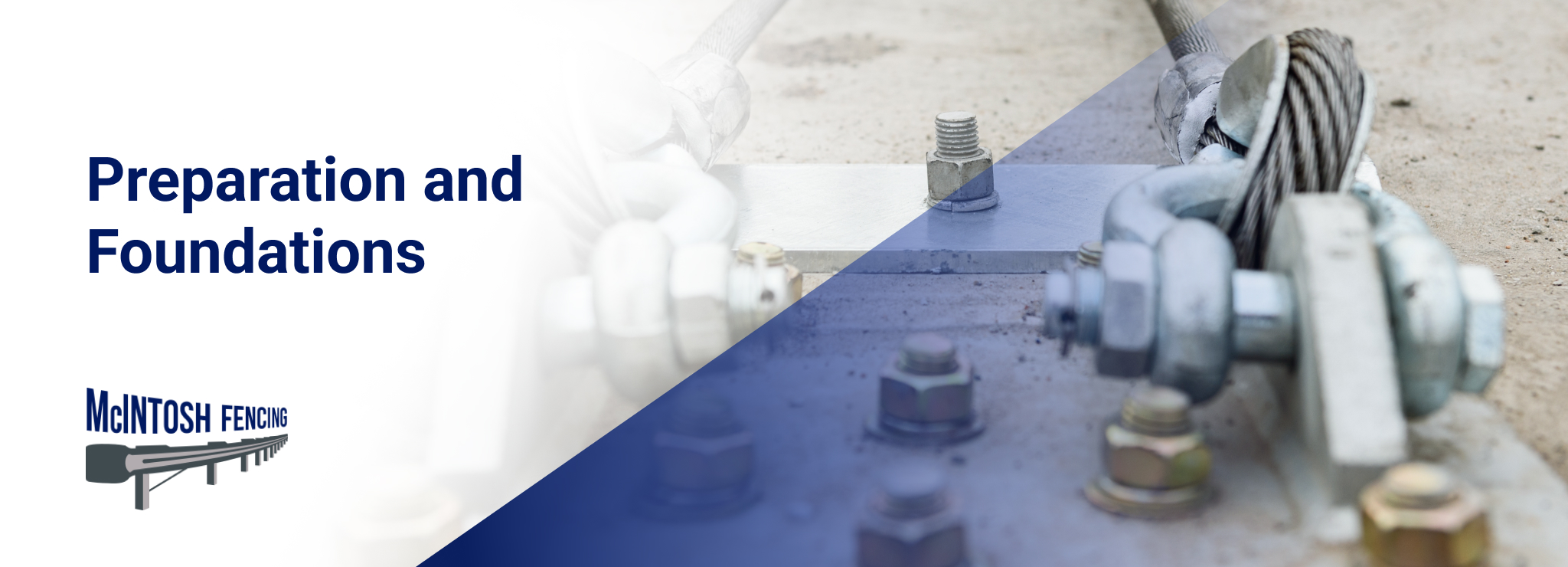
Before installation begins, the site must be properly prepared.
Our team ensures:
- Accurate measurement and marking of barrier placements
- Proper excavation and setting of foundations for posts
- Attention to drainage and soil stability
Foundations are critical to the strength and durability of the barrier — and we never cut corners. Every post must be perfectly aligned, spaced, and secured to ensure the barrier can perform under real-world impact conditions.
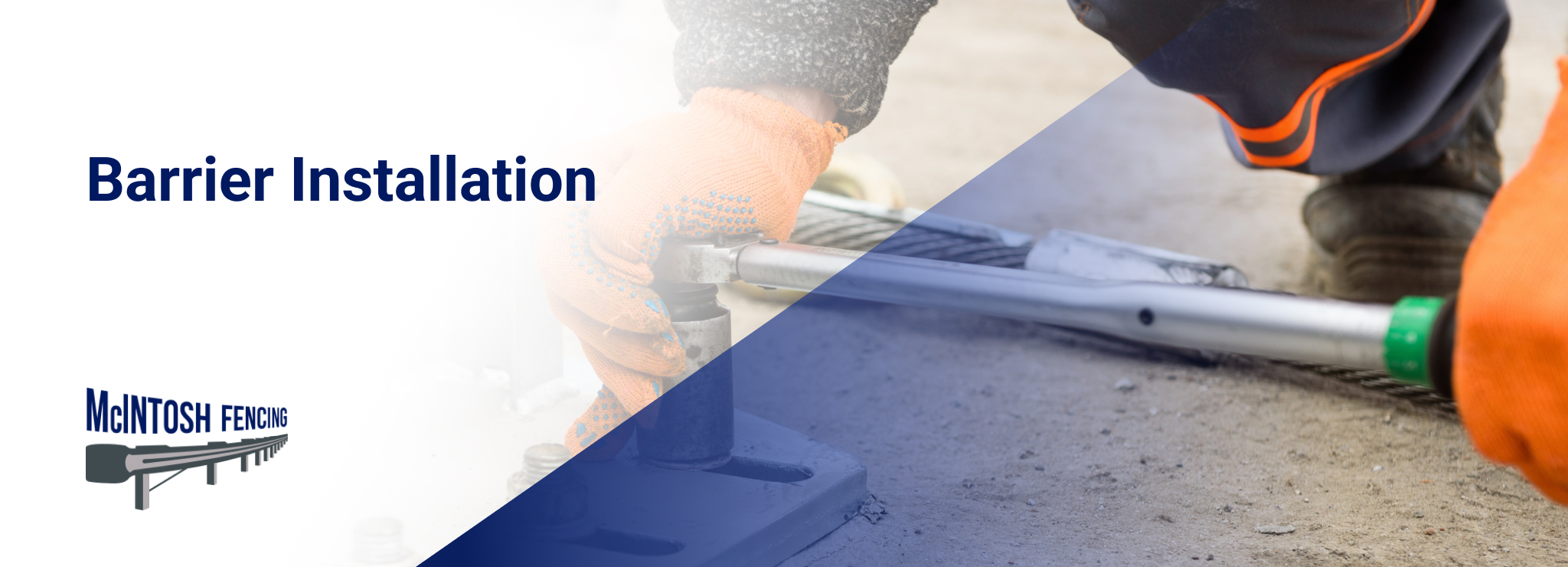
With foundations ready, the real craftsmanship begins. Our skilled installers work with precision to:
- Securely fix posts into place
- Attach rails, wire ropes, or panels to meet exact tension and alignment specifications
- Install end terminals, crash cushions, or transitions where needed
Every nut, bolt, and connection is checked and double-checked. We know that when it comes to road safety, attention to detail saves lives.
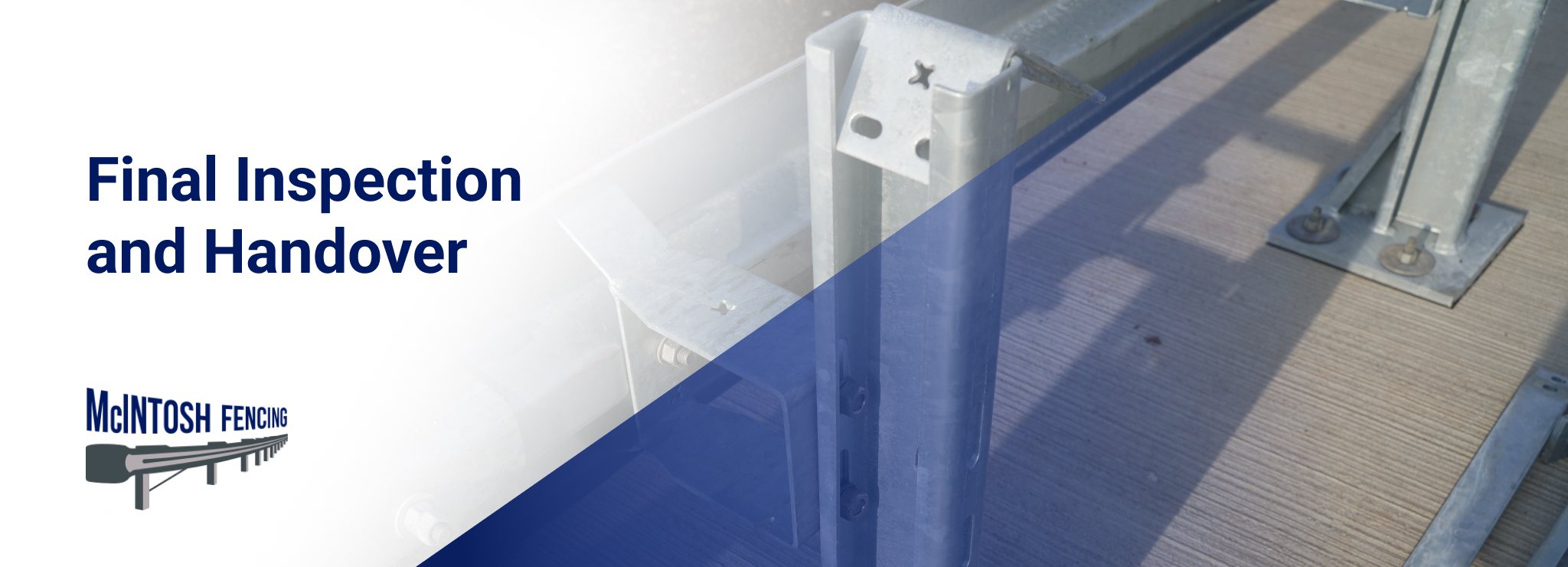
Once installation is complete, we conduct a comprehensive inspection to ensure every aspect of the barrier meets our strict quality standards — and regulatory requirements.
Only when we’re 100% satisfied do we hand over the completed project to the client, along with all necessary documentation and certifications.
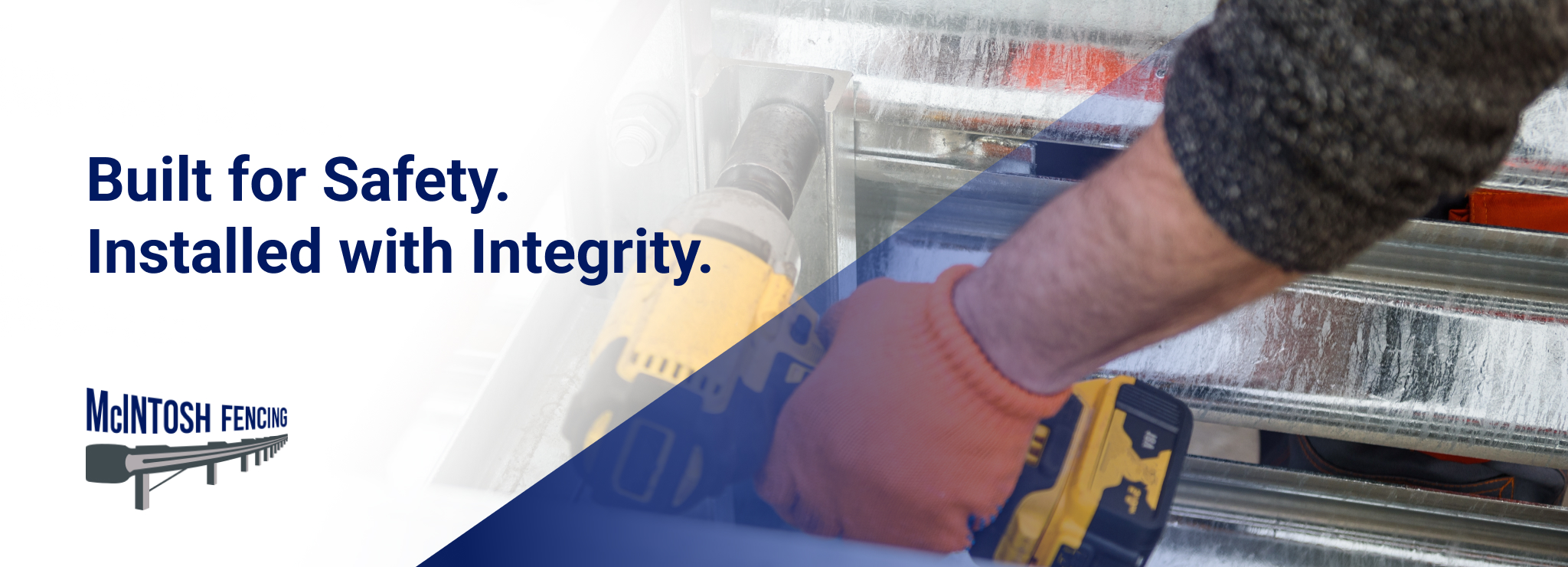
At McIntosh Fencing, the journey from concept to construction is about more than just ticking boxes — it’s about protecting communities, drivers, cyclists, and pedestrians every day.
Our commitment to quality workmanship, expert advice, and personal service sets us apart. Whether you need a barrier for a rural road, a busy highway, or a temporary construction zone, we’ll be with you at every step — delivering a solution you can trust.
Need a road crash barrier designed and installed by experts? Contact McIntosh Fencing today — your road safety is our priority.



